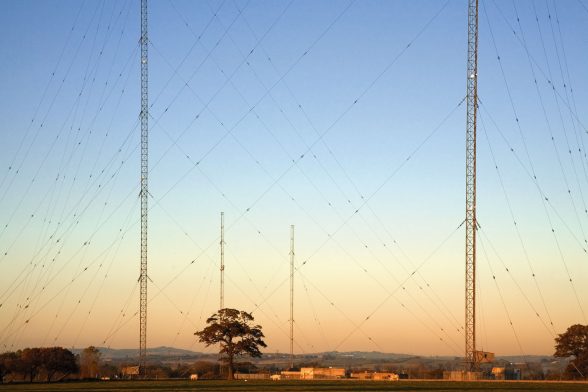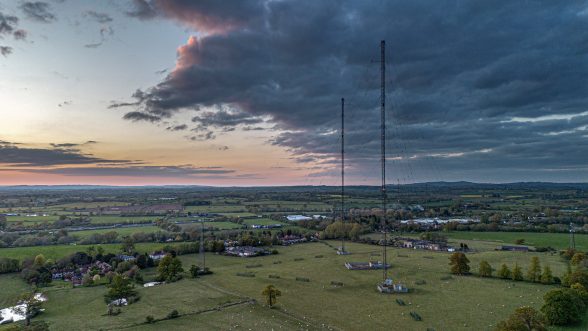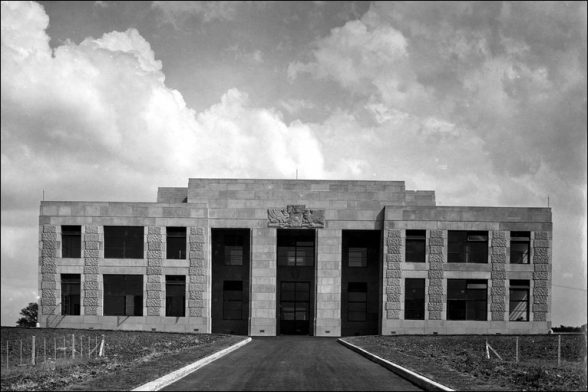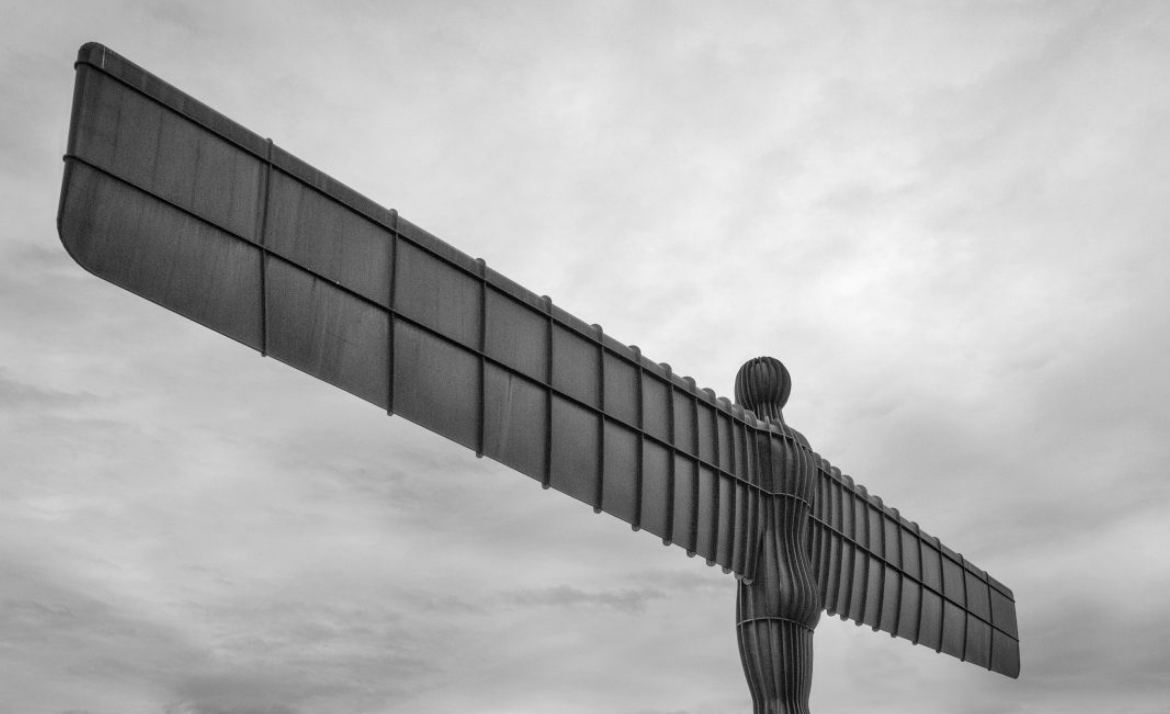This website uses cookies
This website uses cookies to enable it to function properly and to analyse how the website is used. Please click 'Close' to accept and continue using the website.



Image credit: © David Martyn Hughes
As the switch-off of long-wave radio looms, C20 Society has called for the listing of two historic radio masts at the Droitwich Transmitting Station in Wychbold, Worcestershire, in response to a Historic England consultation on the site. Opened in September 1934, over the past 90 years the masts have broadcast such national staples as the World Service, Shipping Forecast, and Test Match Special, and played a pivotal role in WWII and the D-Day landings.
Droitwich was one of the early regional radio stations built in the interwar period by the then newly-formed BBC (established in 1922). Its twin 700ft (213.4m) steel lattice masts are stayed by 21 wire cables, each of which is anchored to a concrete block weighing 400 tonnes. They were the tallest structures in the UK when built and are believed to be the only 200m+ pre-war examples to survive, making them the oldest telecommunication structures of their kind in Britain.
Long-wave switch-off
In April 2024, the BBC migrated their flagship Radio 4 long-wave broadcasts to the various online and digital platforms; DAB, Digital TV and BBC Sounds. The move was in part due to the long-wave platform being owned and operated by a third party [Arqiva] and, in the broadcasters words, “it is coming to the end of its life as a technology”, with alternative digital platforms “offering enhanced quality listening”.
An extension of broadcasting from Droitwich until June 2025 was negotiated by the energy industry, which relies on the BBC carrying the Economy 7 teleswitching signal on BBC Radio 4 LW. There are believed to be nearly a million homes and businesses still reliant on older meters that use the teleswitching signal.

Image credit: © Richard Kenyon
From Droitwich to D-Day
The installation of the BBC’s Daventry transmitter in 1925 improved national radio coverage enormously, but it was still patchy and inconsistent across the whole of the country. All that would change with the opening of the new station at Droitwich. Powered by 150 kilowatts – the maximum power allowed under international regulations – long wave radio reception was immeasurably improved for the whole of the UK.
Droitwich was chosen for its central location in the country, south of the densely populated Birmingham. Work began in April 1933 with the laying of the approach road to the transmission site in Wychbold, meanwhile work was beginning on the actual transmitter equipment at the Marconi Company in London. No structure this tall had ever been made before in England and there was a brief strike by the builders in October ’33, who argued that they weren’t being paid enough for such a feat.
The station is of particular interest for its key role in WWII: the long-wave transmitter was used as a jamming device by RAF Fighter Command, producing a warbling signal from a noise generator to obstruct enemy transmissions trying to reach Luftwaffe aircraft approaching Britain; it broadcast wartime news in Morse code for resistance and underground groups in occupied countries; and helped to communicate messages about the D-Day landings in 1944.
The main transmission building at the Station, built in 1934 to designs by architect L. Rome Guthrie, was also included in the consultation. Composed of four adjoining blocks, clad in limestone and with a decorative tooled finish, they are in a monolithic Art Deco style.
The Society notes that, regrettably though inevitably, this complex has been heavily altered over the course of its life, with none of the original 1930s machinery remaining internally, several openings shuttered or infilled, and one block demolished in the early 1990s. A new western façade was added in the 90s which reused the carved BBC arms that had been saved from the old frontage. Here the crest depicts two eagles aside a stylised shield and over a banner bearing the motto ‘NATION SHALL SPEAK PEACE UNTO NATION’.
We therefore focus our calls for listing on the two 213m high long-wave masts at the site on account of their historic importance and architectural, engineering and technological interest.

Image credit: © BBC Media

Become a C20 member today and help save our modern design heritage.